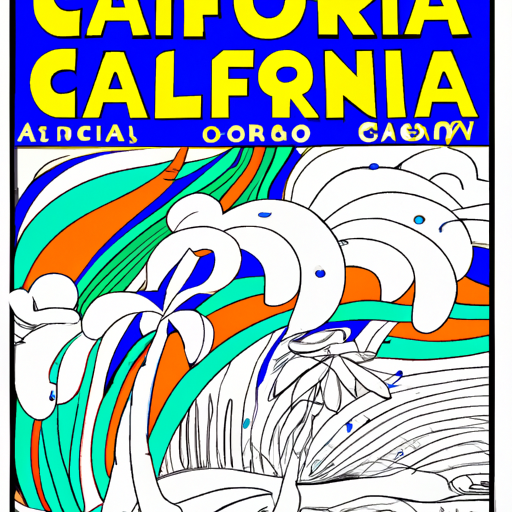Though it’s generally uncommon due to cooler ocean temperatures and a semi-permanent high-pressure system, California has indeed had a few encounters with hurricanes and tropical storms.
Most storms that make landfall in California originate south of the United States and travel northward, rarely gaining or maintaining enough strength to hit as a tropical storm or hurricane. Nonetheless, there have been a few notable instances.
The 1939 Long Beach Tropical Storm was the only tropical storm to make landfall in California in the twentieth century. Originating as a tropical depression off the coast of Panama, it quickly escalated into a hurricane. By September 22, it was centered around 300 miles southwest of Cabo San Lucas, according to the National Oceanic and Atmospheric Administration (NOAA). Two days later, the weakening storm reached Catalina Island, eventually making landfall near San Pedro. The resulting torrential rains caused widespread flooding and property damage, leading to a loss of 45 lives at sea.
In September 1978, Hurricane Norman reached Southern California, having evolved from a tropical disturbance 400 miles west of Acapulco and achieved Category 4 hurricane strength. By the time it reached California, it had downgraded to a tropical depression but still caused significant damage. Rainfall up to seven inches in some areas resulted in the largest loss on record for California’s raisin crop, and a rare summer blizzard on Mt. Wilson claimed four lives.
The only known hurricane to hit California arrived on Oct. 2, 1858, as recorded in historical documents. Known as the San Diego Hurricane of 1858, it caused considerable wind damage along coastal areas from San Diego to Long Beach and triggered flooding inland due to heavy rains.

